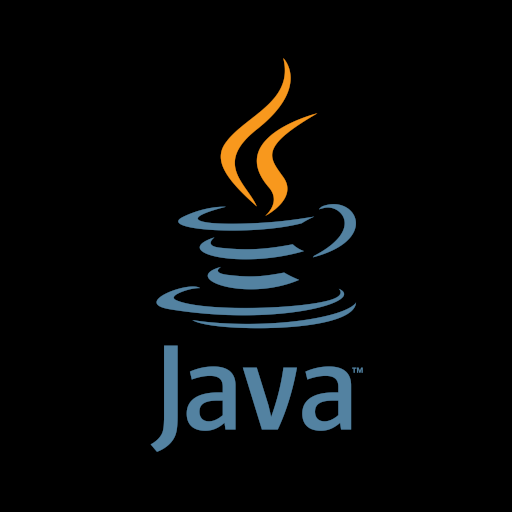

QT is a cross platform UI development framework, its goal is to look native to the platform it operates on. This video by a linux maintainer from 2014 explains its benefits over GTK, its a fun video and I don’t think the issues have really changed.
Most GTK advocates will argue QT is developed by Trolltech and isn’t GPL licensed so could go closed source! This argument seems to ignore open source projects use the Open Source releases of QT and if Trolltech did close source then the last open source would be maintained (much like GTK).
Personally I would avoid Flutter on the grounds its a Google owned library and Google have the attention span of a toddler.
Not helping that assessment is Google let go of the Fuschia team (which Flutter was being developed for) and seems to have let go a lot of Flutter developers.
Personally I hate web frontends as local applications. They integrate poorly on the desktop and often the JS engine has weird memory leaks


















I’d actually argue Python stops people learning how to solve problems.
I love teaching juniors and have done so for 10 years but I’ve noticed in the last 4-5 years since Python became the popular choice at universities Graduates aren’t learning anything about Static Types, Memory Management, Object Oriented Programming, Data Encapsulation, Composition, Service Oriented Architecture, etc…
I used to expect most graduates to have a mixed grounding in those concepts and would find excuses for them to work on a small UI projects. I would do this as it gets them used to solving a small problem and UI’s give instant feedback. As Python became dominate university teaching language the graduates aren’t spending their time learning Typescript, Angular, HTML, etc… but instead getting overwhelmed by the concept of types.
Those concepts I want them to learn were created to help make solving problems easier and each has their strengths and weaknesses but most graduates are coming through only knowing how to lay out a small amount of procedural logic using Python and really struggling to move beyond that.